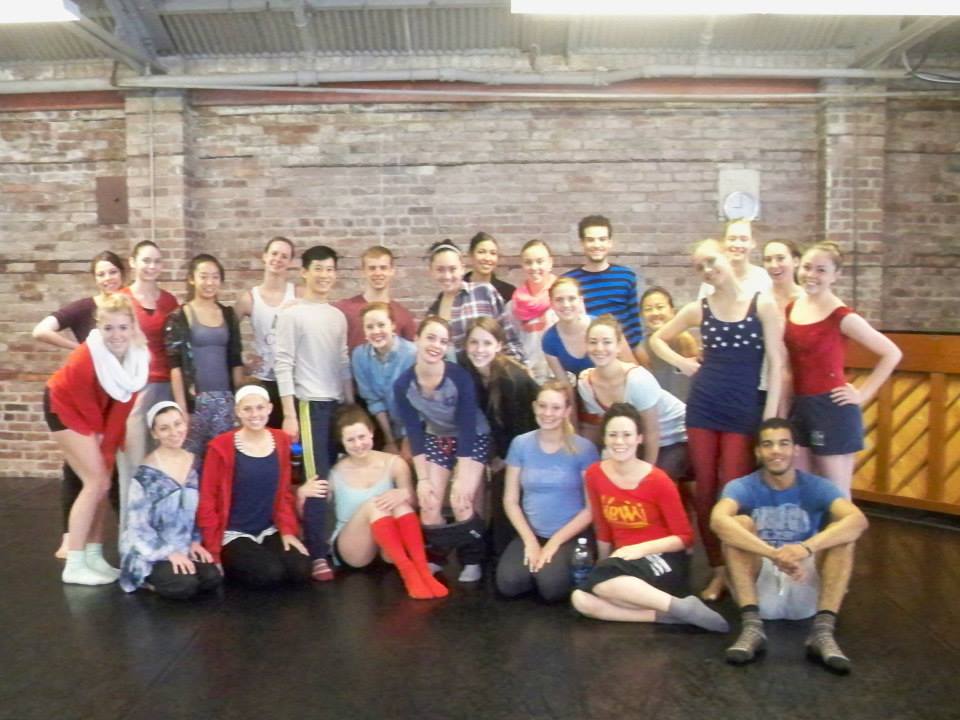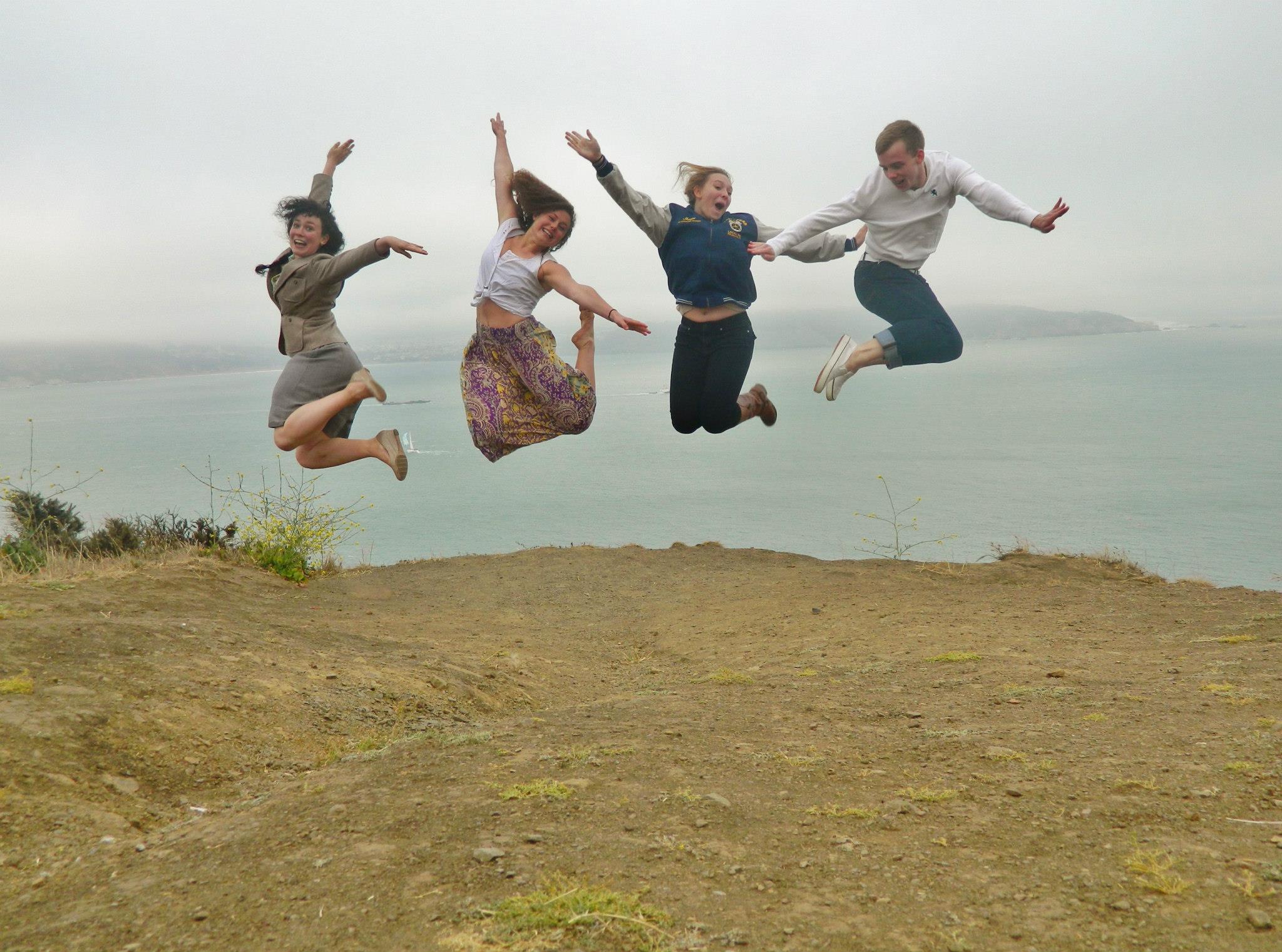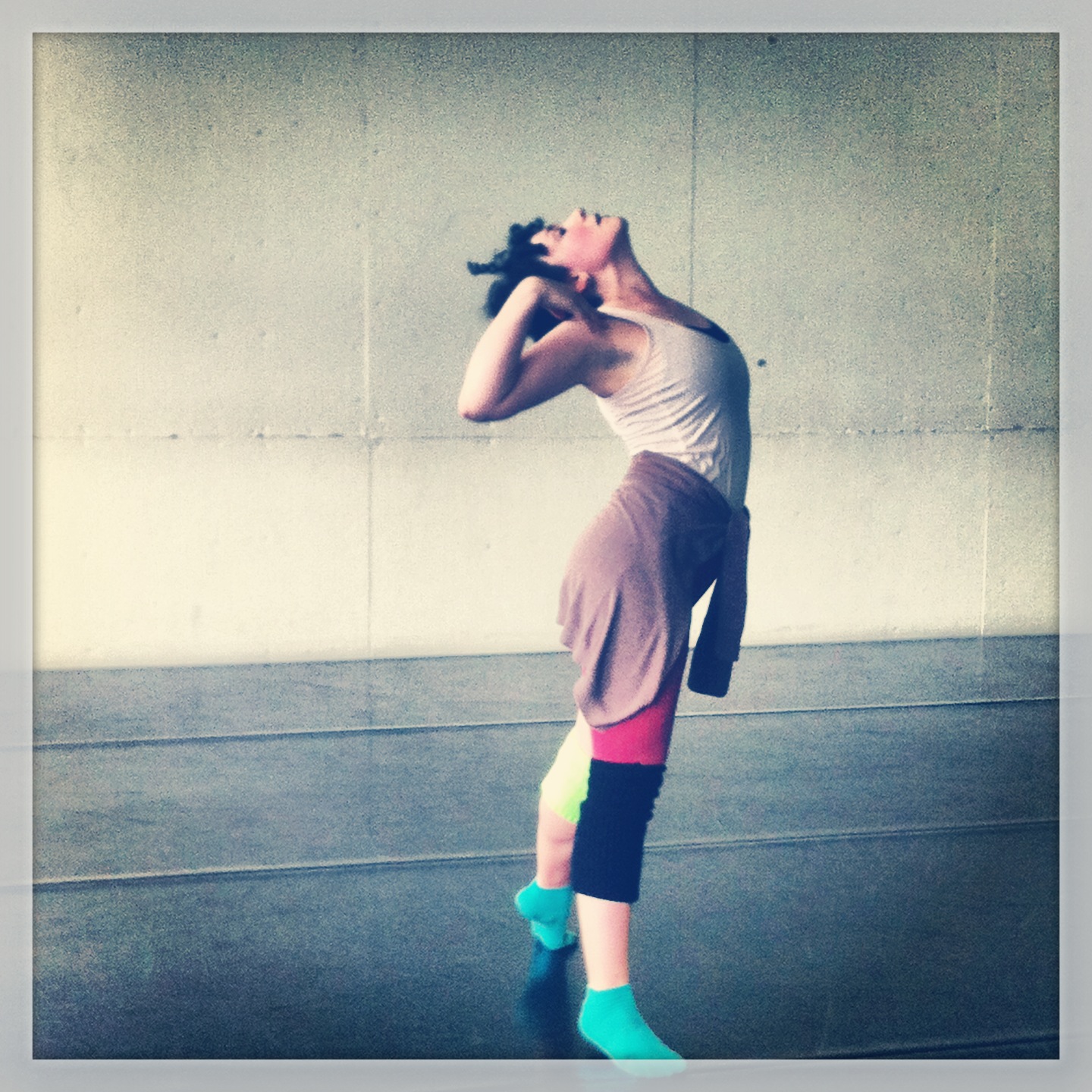Presidents Summer Fellowship, Reconstructive Improv 2
It’s hard to believe that nearly three weeks have passed since I wrote my last blog post for Works and Days. Here in San Francisco, time has been flying by, and the workshop I’ve been participating in at the SF Conservatory of Dance is almost over. When I last wrote, I was nearing the end of the first half of the program, and had been busily taking classes in a variety of different contemporary dance idioms. In the second half of the workshop, the focus has narrowed and my classmates and I have been immersed in the improvisational and choreographic techniques of choreographer William Forsythe. While we haven’t been working with Forsythe directly, our exploration has been guided by a trusted representative of the choreographer (and a brilliant artist in his own right), Alessio Silvestrin. Having studied Forsythe and his choreography extensively for my final paper in Professor Hannah Kosstrin’s Dance 201 class, I had some idea of what to expect going into this part of the workshop, but it has still been incredibly challenging.
Alessio started off by teaching us two small phrases of Forsythe repertoire from a piece called Work Within Work. Initially these phrases served to give us a sense of the choreographer’s lexicon and physicality, but we soon came to see that they would also become the foundation of a brand new piece we are collaboratively creating for the performance at the end of the workshop. In many ways, Forsythe Improvisational Technique (FIT) is incredibly mathematical. It starts from the premise that the body exists in space and that the body’s movement can be tracked as points, lines, planes, and trajectories within an infinite three-dimensional grid. Like in geometry, any function (or dance step) can be rotated, reflected, inverted, or similarly transformed within this grid. Alessio has given us a variety of exercises with which to explore these geometric possibilities. We’ve created complementary movement phrases that invert the trajectories present in the original choreography and expansion phrases, where individual movement trajectories are allowed to continue into space, eventually looping back into the original series of steps. Much of our exploration has been carried out in partnerships or groups, adding an additional level of complexity to the work. Coming from wildly different backgrounds, my classmates and I have had to learn to work together to construct and develop our phrases, a task that at times has been extraordinarily frustrating. Nevertheless, I think that we’ve all made incredible progress, integrating the intensely exaggerated geometric requirements of the technique into our bodies and beginning to pull together what will hopefully be a really amazing piece to perform at the end of the workshop.

While the in-studio work has continued to be both physically and mentally exhausting, I’ve managed to find the energy and brain cells to do some sightseeing and socializing in San Francisco. I got the chance to go out to Point Bonita Lighthouse just north of the city and to attend a performance of the San Francisco Symphony Orchestra (an all-Stravinsky program that tied in wonderfully with another class I took at Reed last year, Hannah Kosstrin and David Schiff’s Dance/Music 345: Stravinsky and the Ballets Russes). I continue to feel incredibly lucky to be here and am looking forward to reporting back after our performances at the end of the workshop. Wish me luck!

Tags: psf, presidents summer fellowship, dance, improv

